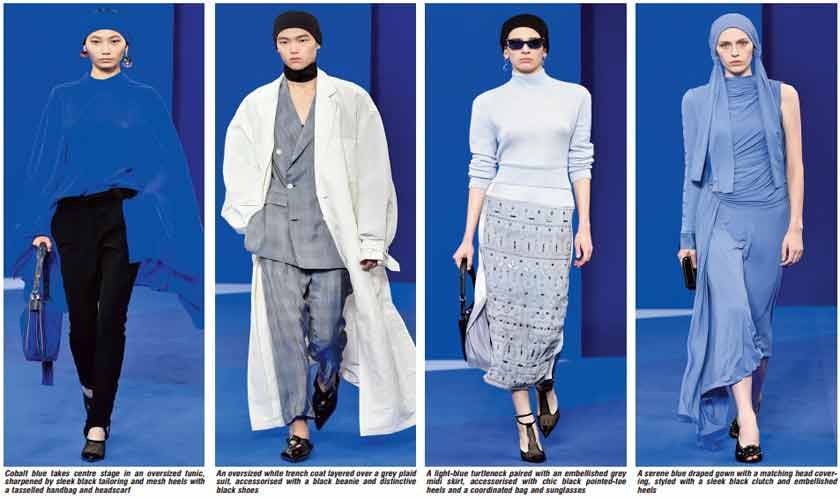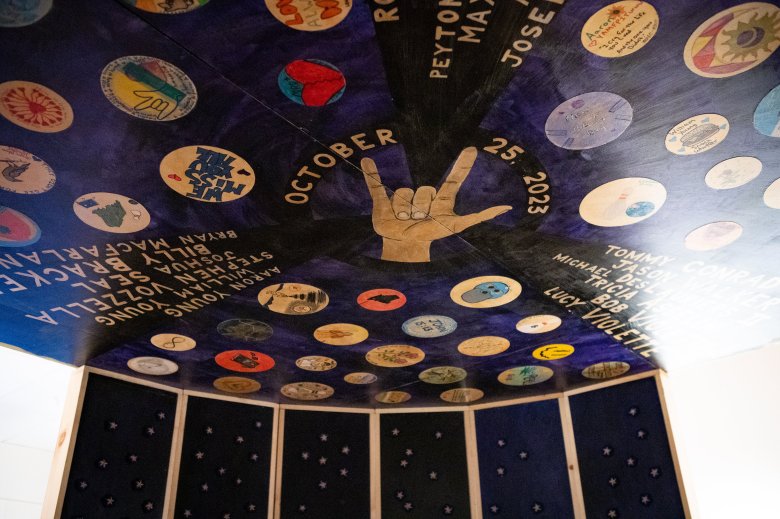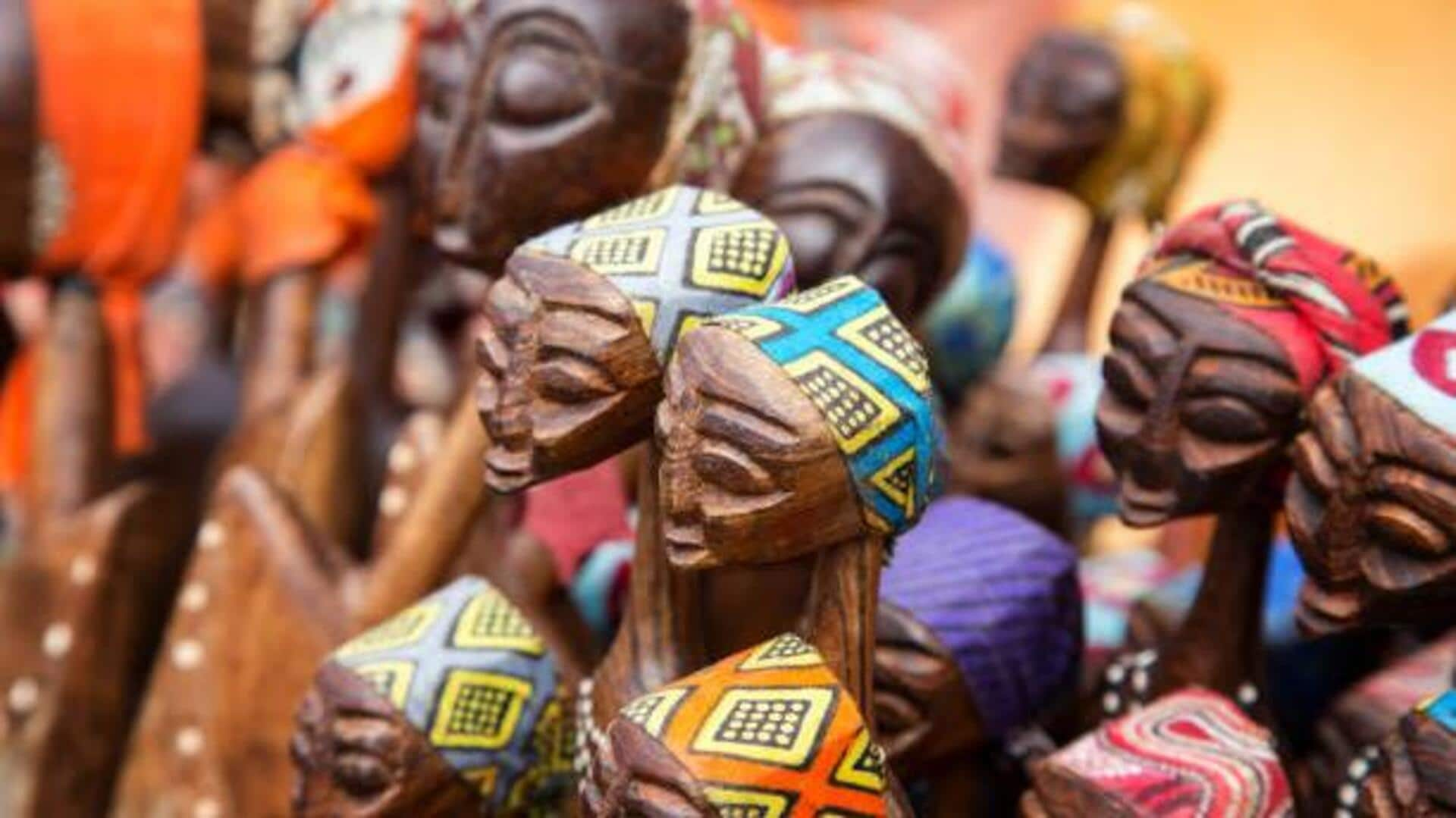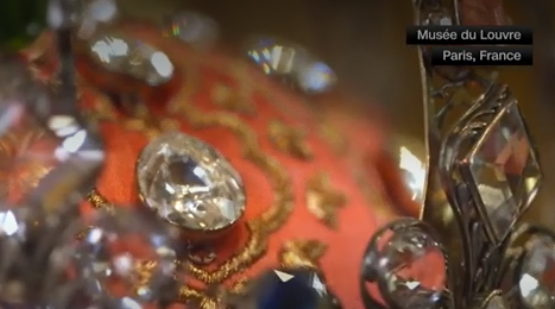Artistic director Peter Copping presented his second show for Lanvin with a clear reference to the 1920s—the decade when founder Jeanne Lanvin defined her design aesthetic and Art Deco reached its peak in Paris. The timing aligned with the centenary of Art Deco, marked in 2025. That iconic Lanvin blue appeared prominently on the runway and in several dresses throughout the collection.
The collection leaned into Jazz Age style with low-waisted gowns, geometric motifs, and headbands. Copping added a sensual note by opening flapper dresses at the sides and fastening them with ribbons around the hips. Jackets featured puffed shoulders and were secured at the back with fabric ties, while trench coats were shaped like dresses with defined waists and full skirts. White skirts with black inserts drew inspiration from Deco geometry and transformed it into a sharper, more minimal form.
A highlight of the show was the robe de style, a hallmark of Jeanne Lanvin’s 1920s designs, characterized by a fitted bodice and a wide, side-flared skirt. This silhouette offered a romantic counterpoint to the straight lines of the flapper dress and served as a framing piece for the collection. Updated in washed silks, these gowns took on a softened, ethereal look. Embroidered diamonds, ribbon details, and draped scarf prints expanded the range of reference points, while knit dresses suggested a nod to the 1930s.
The soundtrack, featuring Visage’s “Fade to Grey,” reinforced the dialogue between archival sources and present-day interpretation, enhancing the nostalgic yet contemporary mood.
Eveningwear set the tone for the collection, designed with precision and balance. The starting point was the archive—not just the clothes but also Jeanne Lanvin’s fascinations, Copping explained. He layered chiffon over jewel-like embroideries and reworked archival motifs into modern prints.
Menswear, however, felt less consistent. The range included lime denim, outerwear in technical fabrics, and oversized leather coats. This category is still exploratory and remains in development.
The show stood out for its restraint. While other Paris stages often leaned on spectacle, Copping prioritized clarity. Embroidered criss-cross patterns, hand-pleated skirts, and liquid silks were thoughtfully paired with coats and trousers. The overall result pointed toward durability and timelessness rather than mere display.
Under Copping’s direction, Lanvin projects stability and careful research. The work is poised and deliberate. The question remains whether this controlled elegance will build influence in today’s market. The challenge moving forward is to transition from preservation into authoritative relevance.
Copping has delivered polish and consistency rooted in an archival base. The next step is to convert this restraint into presence and place Lanvin at the center of the fashion conversation. Only time will tell.
https://www.thenews.com.pk/tns/detail/1348277-blue-notes-of-deco



